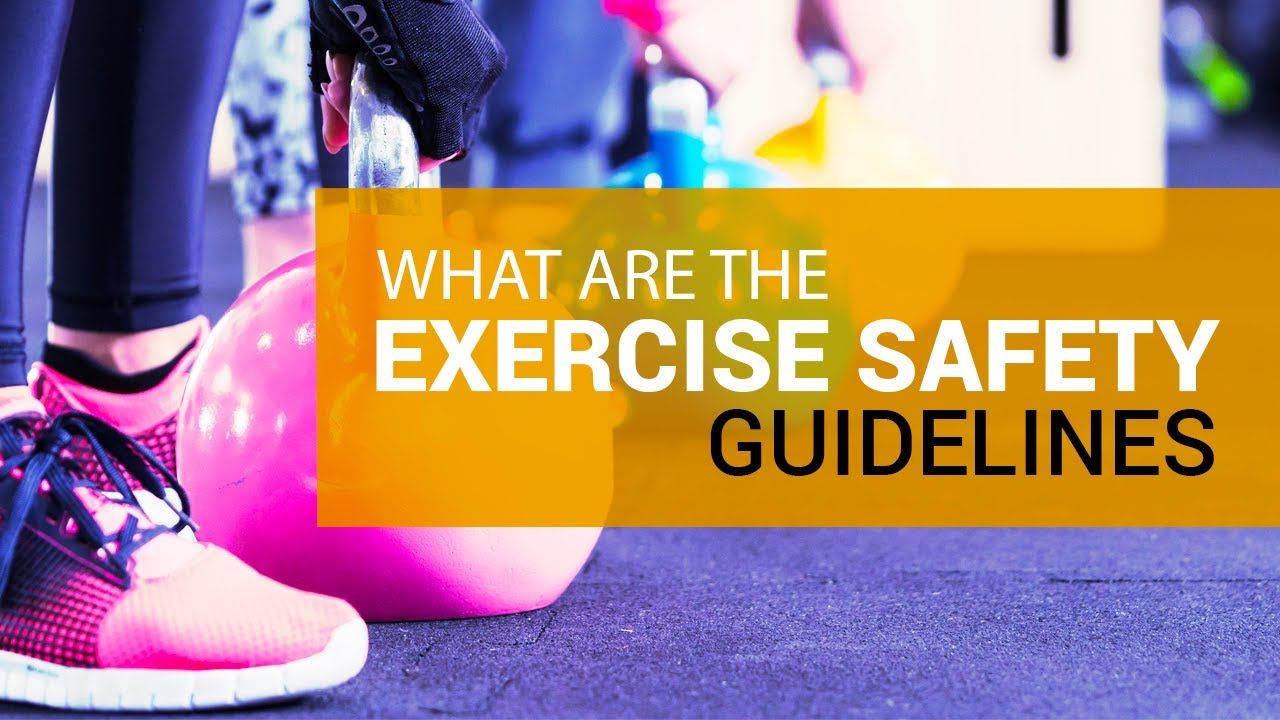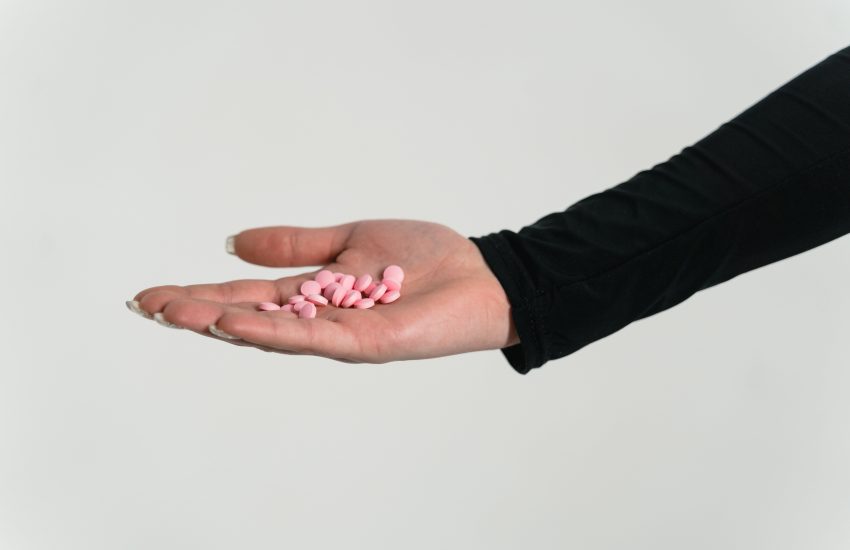Safety Tips for Exercise and Sports
Physical activity is crucial for the overall health and development of children. Engaging in exercise and sports not only helps them stay fit but also teaches them essential life skills such as teamwork, discipline, and goal-setting. However, it is equally important to prioritize safety when it comes to kids’ physical activities. Here are some essential safety tips to keep in mind:
1. Proper Warm-up and Cool-down
Before starting any physical activity, it is essential for kids to warm up their muscles to prevent injuries. A proper warm-up should include stretching exercises and light cardio to prepare the body for more vigorous activities. After exercise, cooling down with gentle stretches can help prevent muscle soreness and stiffness.
2. Stay Hydrated
Encourage kids to drink plenty of water before, during, and after exercise to prevent dehydration. Dehydration can lead to fatigue, dizziness, and decreased performance. Water is the best option for hydration, especially during intense physical activities.
3. Wear Proper Gear
Make sure kids wear the appropriate gear for their specific activity. This could include helmets for biking and skateboarding, shin guards for soccer, and proper footwear for running and other sports. Proper gear can help prevent injuries and ensure a safe and enjoyable experience.
4. Know the Rules
Before participating in any sport or exercise, make sure kids are familiar with the rules and guidelines. Understanding the rules not only ensures fair play but also promotes safety by preventing accidents and injuries. Encourage kids to follow the rules and respect their teammates and opponents.
5. Supervision and Training
Always supervise kids during physical activities, especially when they are trying new sports or exercises. Proper supervision can help prevent accidents and provide immediate assistance in case of injuries. Additionally, enrolling kids in training programs or classes can help improve their skills and reduce the risk of injuries.
6. Listen to the Body
Teach kids to listen to their bodies and recognize signs of fatigue or pain. Encourage them to take breaks when needed and not to push themselves beyond their limits. Ignoring signs of discomfort can lead to overuse injuries and other health issues.
7. Rest and Recovery
Rest and recovery are essential parts of a child’s exercise routine. Make sure kids get enough sleep and allow their bodies to recover between physical activities. Overtraining can lead to burnout, injuries, and decreased performance.
8. Communication with Coaches and Parents
Encourage open communication between kids, coaches, and parents regarding any concerns or issues related to safety. Coaches should be aware of any medical conditions or injuries that may affect a child’s participation in sports. Parents should also be involved in monitoring their child’s physical activities and ensuring a safe and supportive environment.
By following these safety tips, you can help ensure that your child enjoys the numerous benefits of exercise and sports while minimizing the risk of injuries. Remember that safety always comes first, and by prioritizing it, you can create a safe and positive experience for your child in their physical activities.


